The Herbert W. Kale, II Award
Nomination statement for Jim Cox, recipient of the Florida Chapter of The Wildlife Society's 2011 Herbert W. Kale, II Award:
 James A. Cox has demonstrated an ability to balance effective wildlife advocacy with the practice of wildlife biology through research and outreach for a number of years. Jim is actively involved with a number of conservation and professional organizations including the Florida Ornithological Society, current Secretary; St Marks Refuge Association, Board Member; past executive member of the Florida Chapter of The Wildlife Society; and Working group member of Partners in Flight Program, USFWS. He was the primary mover in organizing the Sand Hills Working Group and in subsequent workshops to promote conservation and research in this declining habitat type. His efforts included focused efforts to train managers and biologist that work with this type about the need for and how to monitor various declining species. He holds professional memberships in American Birding Association, Wilson Ornithological Society, Florida Historical Society, among others.
James A. Cox has demonstrated an ability to balance effective wildlife advocacy with the practice of wildlife biology through research and outreach for a number of years. Jim is actively involved with a number of conservation and professional organizations including the Florida Ornithological Society, current Secretary; St Marks Refuge Association, Board Member; past executive member of the Florida Chapter of The Wildlife Society; and Working group member of Partners in Flight Program, USFWS. He was the primary mover in organizing the Sand Hills Working Group and in subsequent workshops to promote conservation and research in this declining habitat type. His efforts included focused efforts to train managers and biologist that work with this type about the need for and how to monitor various declining species. He holds professional memberships in American Birding Association, Wilson Ornithological Society, Florida Historical Society, among others.
Jim displays an outstanding ability to effectively communicate on both a technical and popular level. Jim has authored or co-authored over 50 scientific publications and over 25 popular publications. He is actively engaged in cutting edge research dealing with the effects of fire on many bird species. His science is impeccable garnering him the Edwards Prize in 2008 for the best paper in the Wilson Journal of Ornithology in 2007 for his work on cooperative breeding in the brown-headed nuthatch. His widely acclaimed semi-technical and popular publication, “Lightning-season burning: friend or foe of breeding birds?” sold out in a matter of months in its first and second printing. His popular articles regularly appear in magazines and in books. One in particular of note is his conservation essay, “Fat chance, slim chance, big chance, no chance: the lovely art of caprice,” that appeared in the book “Between Two Rivers,” edited by Susan Cerulean and Janice Ray of the Red Hills Writers Group.
Jim is in constant demand from popular groups to technical and professional groups for speaking engagements across the state. He also instigated The North Florida Naturalist Lecture Series, hosted at Tall Timbers for bringing in numerous speakers much to the delight of North Florida Naturalists.
Earlier in Jim's career while a biologist with FWC, he was instrumental in using state of the art GIS technology to identify critical conservation areas in Florida for species at risk and develop conservation strategies for shrinking habitats statewide. He, along with others, developed computer based models and used them to identify potential habitats on public and private lands. This landmark work "Closing the Gaps in Florida's Wildlife Habitat Conservation System: Recommendations to Meet Minimum Conservation Goals for Declining Wildlife Species and Rare Plant and Animal Communities" completed in 1994, would also be developed into a peer-reviewed publication. The former was widely disseminated among government officials. This monumental effort identified 8 million acres of strategic wildlife habitat that was important for declining species. To date 1.5 million acres of that identified has been acquired and protected. This template for wildlife conservation is still reaping rewards from his efforts for wildlife habitat conservation.
Jim was the contact of choice for the USFWS when they were seeking to identify areas for longleaf restoration with stimulus dollars in Florida. Jim has overseen the restoration of 1,400 acres of longleaf habitat in this past year and has targeted efforts on 2,200 acres total. Jim also helped develop the Red Hills Consortium, a group of wildlife biologists representing numerous agencies, dedicated to work on conservation of the red-cockaded woodpecker and the longleaf ecosystem. He was a key cog in spearheading early efforts in Georgia's Safe Harbor Program and was instrumental in organizing efforts that culminated in signing up 30 properties in Georgia and protecting 89,400 acres. He also was instrumental in Florida's Safe Harbor program and has aided in signing up 10 properties in Florida for a total of 45,429 acres protected.
These are but a few examples of the many contributions that Jim has made. Jim clearly brings a multidimensional approach to Florida environmental and wildlife issues. Jim has made a difference for Florida's wildlife and wildlife habitats.
